A Fortified Village in Medieval Crete
Vitsilia was a village with a fortified perimeter, but the exact form of it is unknown, i.e., whether it had a wall or the dense construction replaced it. It was a rather medium-sized settlement, taking into account the population data of the time, with rather high population. Its population consisted of both villeins and free peasants. The village is rarely mentioned in the sources of the first centuries of Venetian rule over the island. However, it is included in the censuses of the 16th and 17th centuries. In 1583, 28 inhabitants were recorded in the village, while in 1671, during the Ottoman rule, 22 were liable for tax. Its population never exceeded 60 inhabitants, even in the 20th century, during which it was a community. In 1971 it was incorporated into the community of Partira, while today the entire settlement has been abandoned. These population figures reveal a small settlement, in contrast to the data provided by the 1387 document, based on which it could be described as a rather medium-sized settlement.
Origin of the Name
The name ‘Vitsilia’ is believed to be derived from the word ‘vigla’, meaning watchtower or lookout post. This etymology is fitting given the village’s location on an elevated, naturally fortified position overlooking the surrounding area. It is likely that the location served as a watchtower in earlier times, attracting inhabitants seeking refuge or wishing to establish a secure settlement.
Structural, Architectural, Fortification Elements
Today, the northern wall of the settlement is preserved at a low height, which was probably the only side protected by a wall. The particular geomorphology of the area provided natural protection from the eastern and southern sides, where the steep slope of the hill and the cliffs made access impossible. On the western side, it seems that the arrangement of the houses was such that their exterior walls formed a kind of defensive wall. Unlike other fortified villages of Crete, for Vitsilya there is a quite detailed record of elements in a 1387 document, which combined with archaeological evidence provides the possibility for a general reconstruction of the image of the settlement. The castle had two entrances on the west and was protected by a wall on the northern side. Inside the settlement there were two towers, one of which is presumed to have been in the middle of the settlement, while the other large, or southern tower, was built a short distance from the protective wall and was the home of the feudal lords of Vitsilya. From the ruins of houses that are preserved inside the castle, it appears that the settlement was quite densely populated and had its own church with a cemetery of approximately 50 sq.m., which is identified today with remains found in the northeastern part of it. Finally, five houses have been restored here, while the single-nave church of the Holy Cross from the Venetian period has been restored, in whose honor a feast is organized every year in the village on the eve of the feast, on September 13th.
Location
The abandoned settlement of Vitsilia is located in the Municipality of Monofatsi, in the prefecture of Heraklion, at an altitude of 420 meters.
Historical Significance
- A fortified village in Medieval Crete.
- Mentioned in a document from 1387.
- Provides insights into the structure and organization of fortified villages in Medieval Crete.
Settlement: Key Points
- Historical references: Venetian censuses, 1387 document.
- Location: Municipality of Monofatsi, Heraklion regional unit, Crete, Greece.
- Historical significance: A fortified village in Medieval Crete.
- Current status: Abandoned, five houses in the village have been restored. The church of the Holy Cross, which dates back to the Venetian period, has also been restored.
| Year | Population | Notes |
|---|---|---|
| 1583 | 28 | |
| 1881 | 63 | 7 Christians, 56 Muslims |
| 1900 | 12 | 2 Christians, 12 Muslims |
| 1928 | 26 | |
| 1951 | 60 | |
| 1961 | 50 | |
| 1971 | 25 |
References
- Gasparis, Ch. (2009). A fortified village in Medieval Crete: Vitsilia, 1387. In Psifides. Studies in History, Archaeology and Art in the memory of Stella Papadaki-Oekland (pp. 175-189). Heraklion.
- Andriotis, N. (2006). Population and settlements of eastern Crete (16th-19th c.). Heraklion.















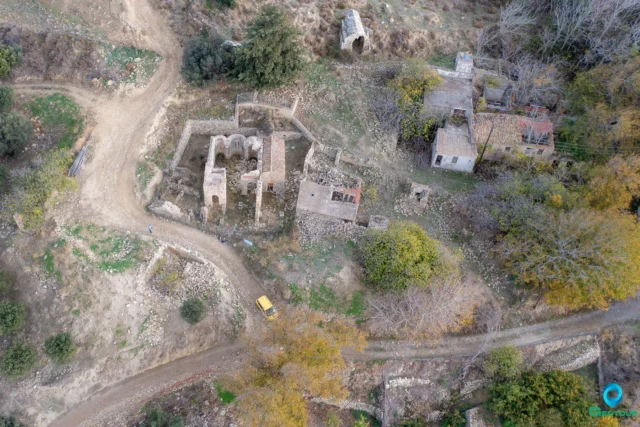


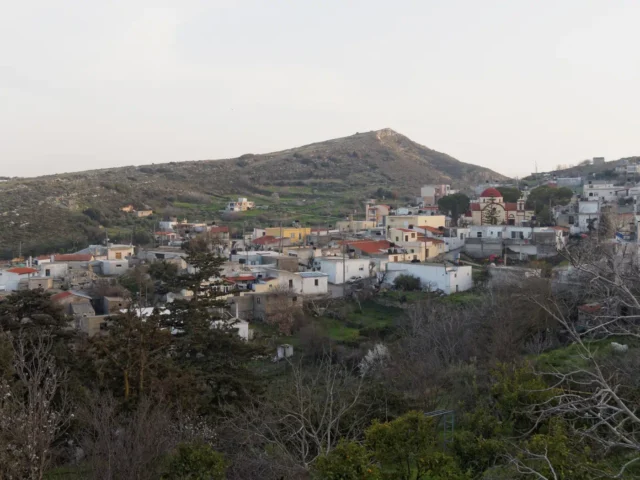

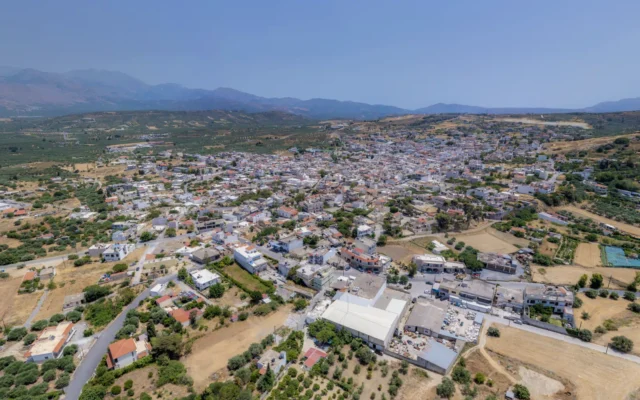
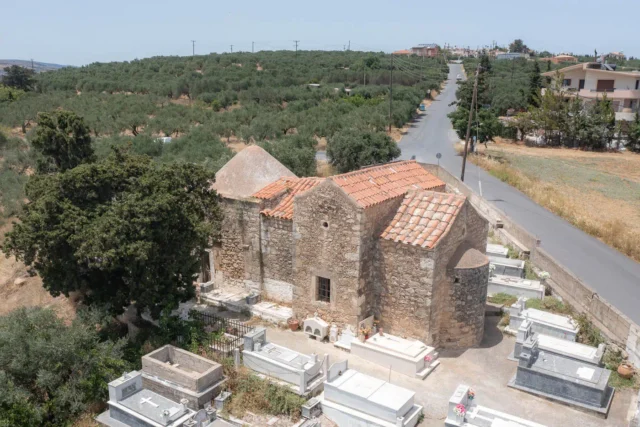
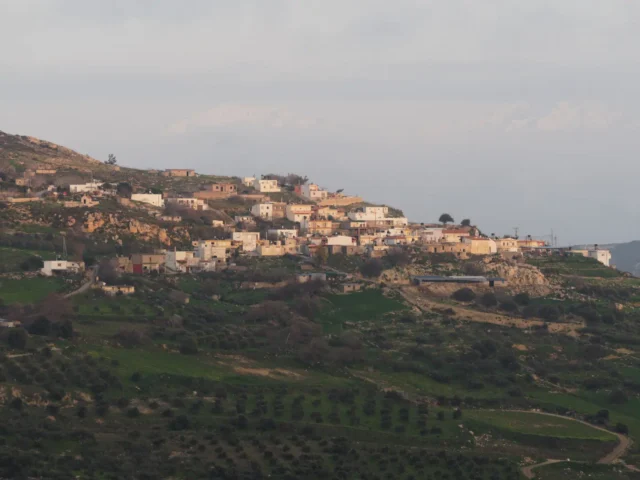
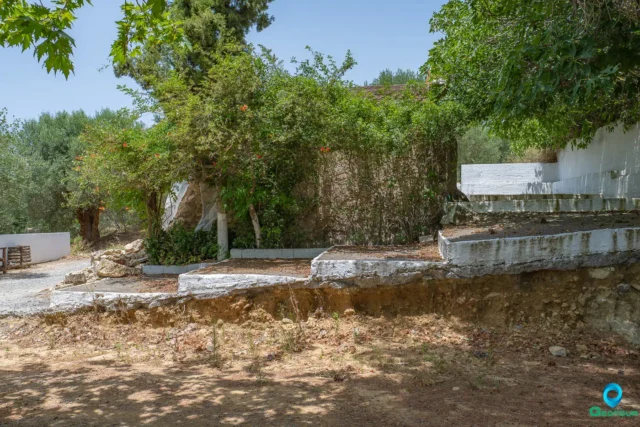
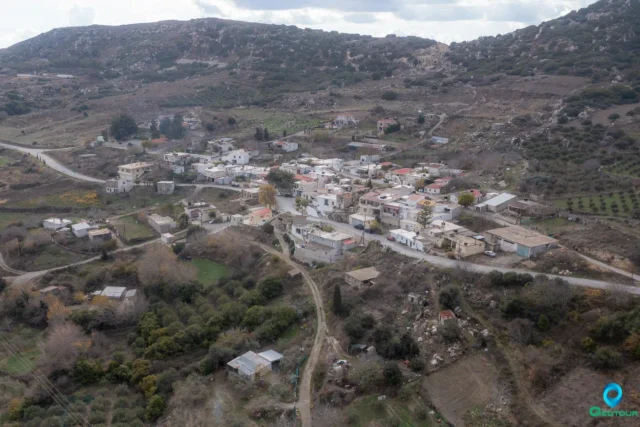

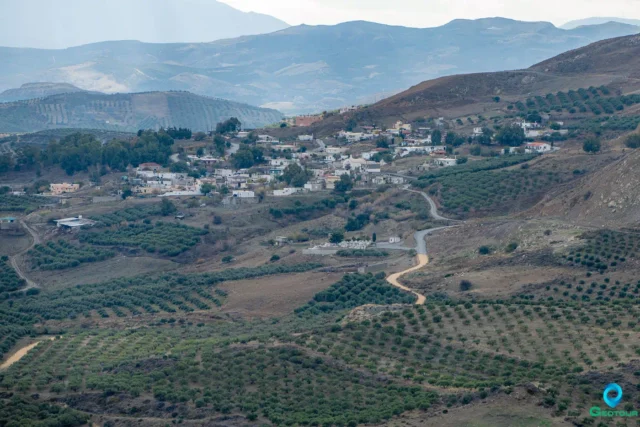
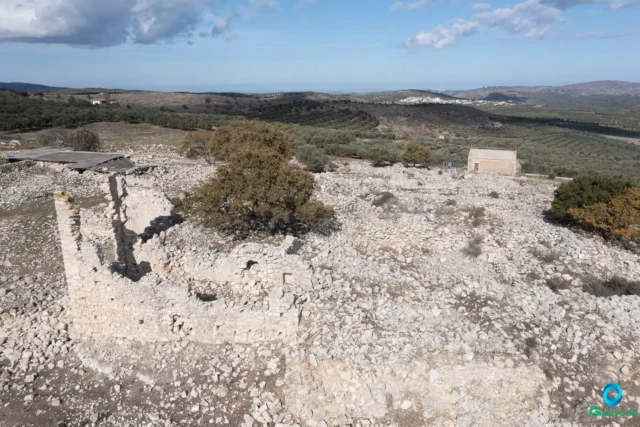

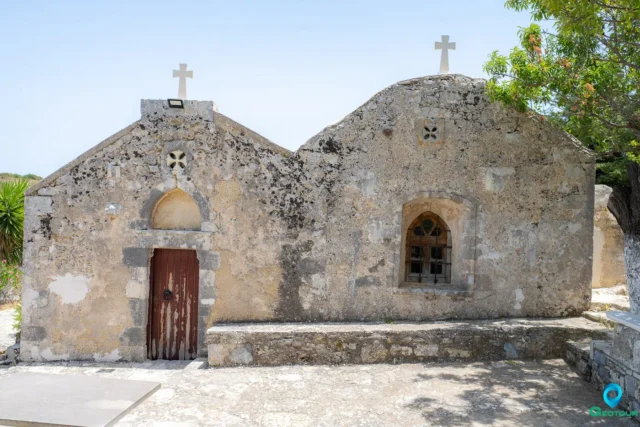
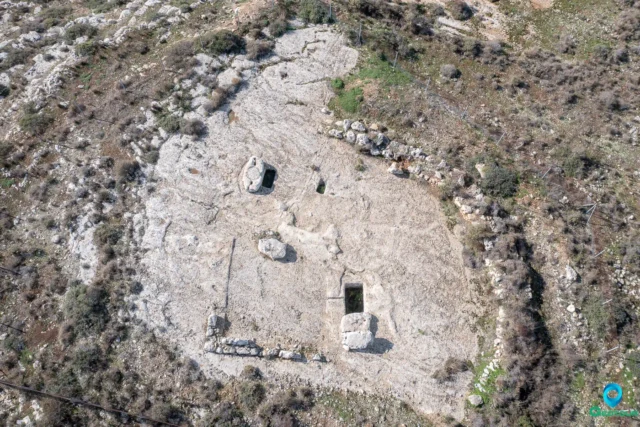

There are no comments yet.